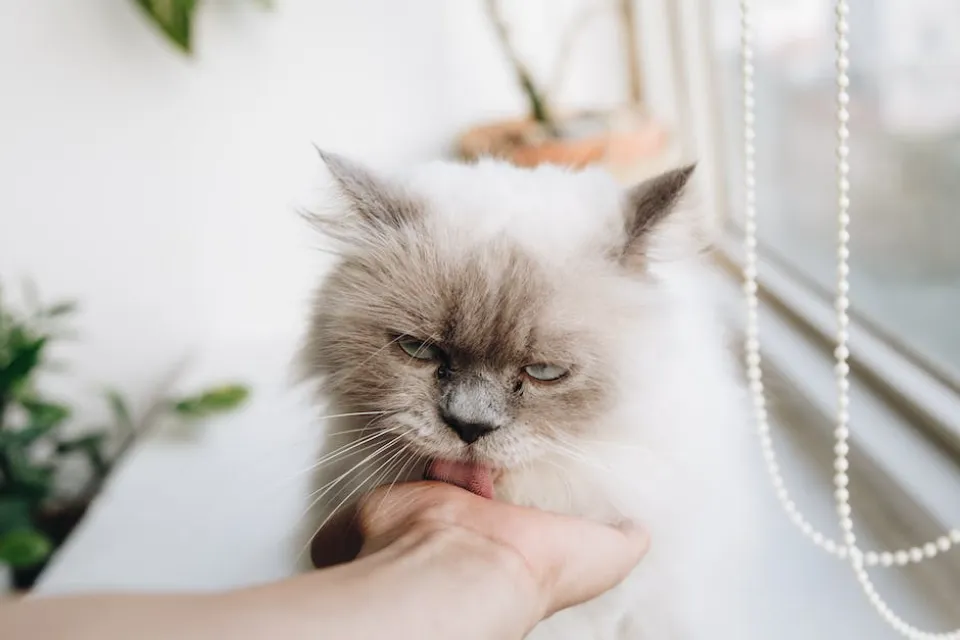
Is Vaseline Safe For Open Cats Wounds – What Should You Pay Attention to
Yes, you can safely apply vaseline to the area around a minor cat wound. Open cat wounds can be treated with non-medicated petroleum jelly, like Vaseline, or an over-the-counter antibiotic ointment.
The skin around the wound should not be handled roughly because it is frequently delicate and prone to damage. To catch stray hairs, Vaseline can be applied to the wound before they are gently removed with a towel.
The Basics of Cat Wounds
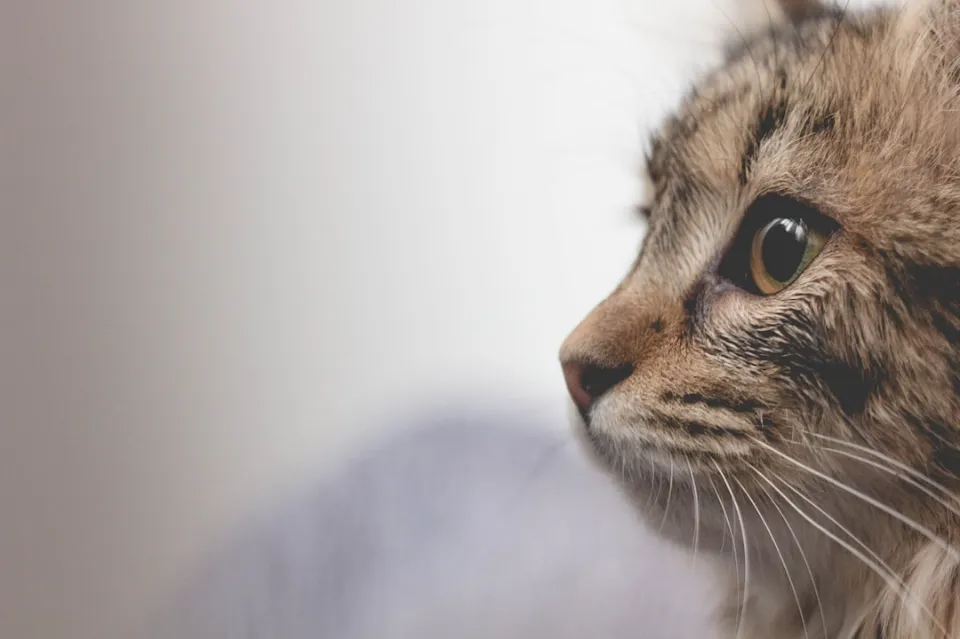
Types of Wounds in Cats
Our feline friends are susceptible to a variety of wounds. These include:
- Scratches and abrasions: Resulting from rough play or run-ins with other animals.
- Bites: Caused by cat fights or encounters with other animals.
- Lacerations: Sharp objects like thorns or broken glass can cause deep cuts.
- Punctures: Bites or stepping on sharp objects that cause small but deep wounds.
Importance of Wound Healing in Cats
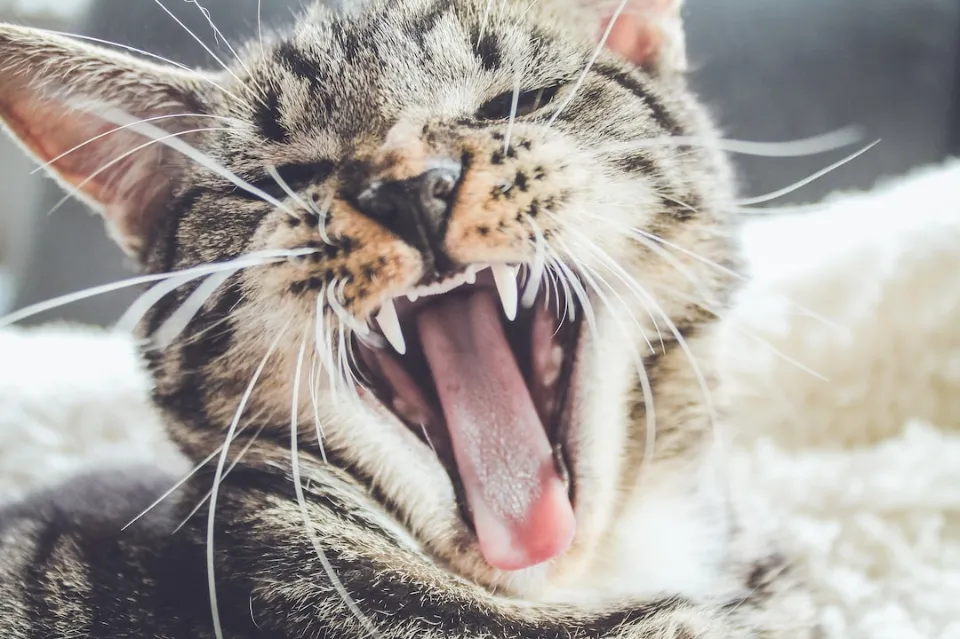
For the overall health and welfare of your cat, wounds must be healed properly. Even minor wounds can develop into infections and more serious complications if they are not properly cared for. Additionally, if wounds are not treated right away, your pet may experience unneeded pain and discomfort.
Krista Williams of VCA Hospitals says it’s acceptable to allow some wounds to heal in an open state. To check for infections, you should keep an eye on the wound. And in the event of any contamination, speak with your veterinarian right away.
Can I Use Vaseline on Cat?
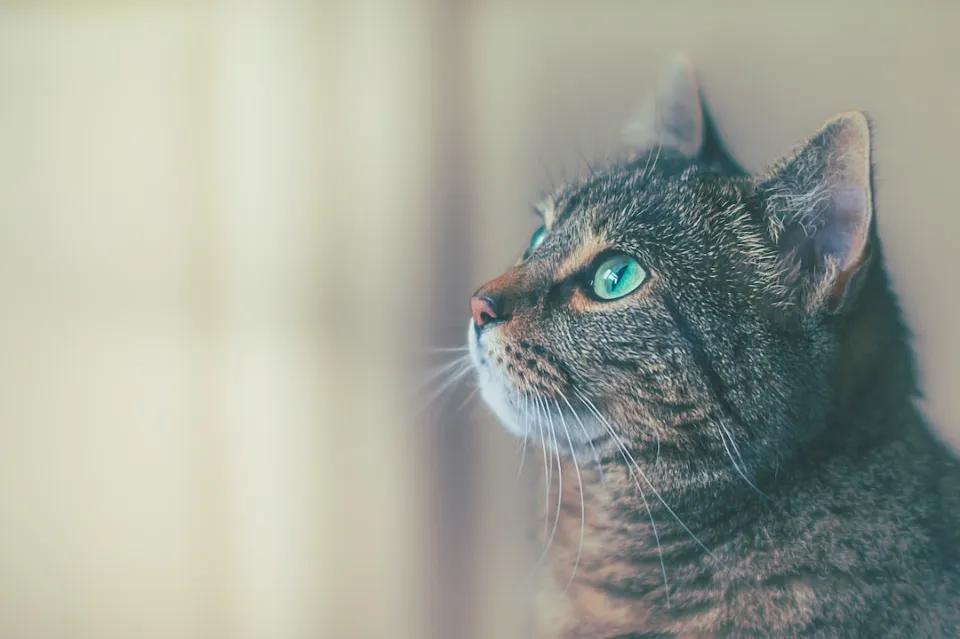
To stop cats and kittens from ingesting fur while grooming, you can purchase Vaseline for Hairball Control over-the-counter gels. You can dab some Vaseline on your cat’s paw to treat it. He’ll lick it off and swallow it out of instinct.
How to Safely Apply Vaseline on Cats’ Wounds?
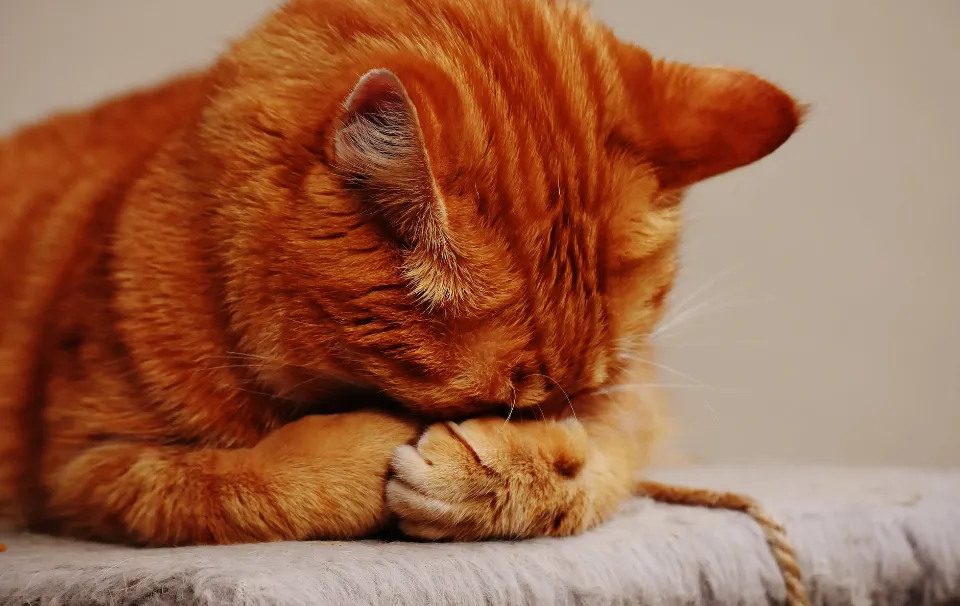
To ensure the safety of your furry friend while using Vaseline on their wounds, follow these simple steps:
- With warm water and a mild soap solution, gently clean the wound.
- With a fresh towel, gently pat dry the affected area.
- Over the wound, smear a thin layer of Vaseline.
- Watch out for any indications of discomfort or negative reactions in your cat.
Keep in mind that you should always consult a veterinarian if you’re unsure how to treat your cat’s wounds or are worried about their health.
In conclusion, Vaseline can be a useful addition to your cat’s first aid kit for minor injuries even though it is not the ideal treatment for all types of wounds. However, it’s important to monitor your cat after using Vaseline, and if you have any questions or concerns, you should consult a professional.
What Can I Put on An Animal Open Wound?
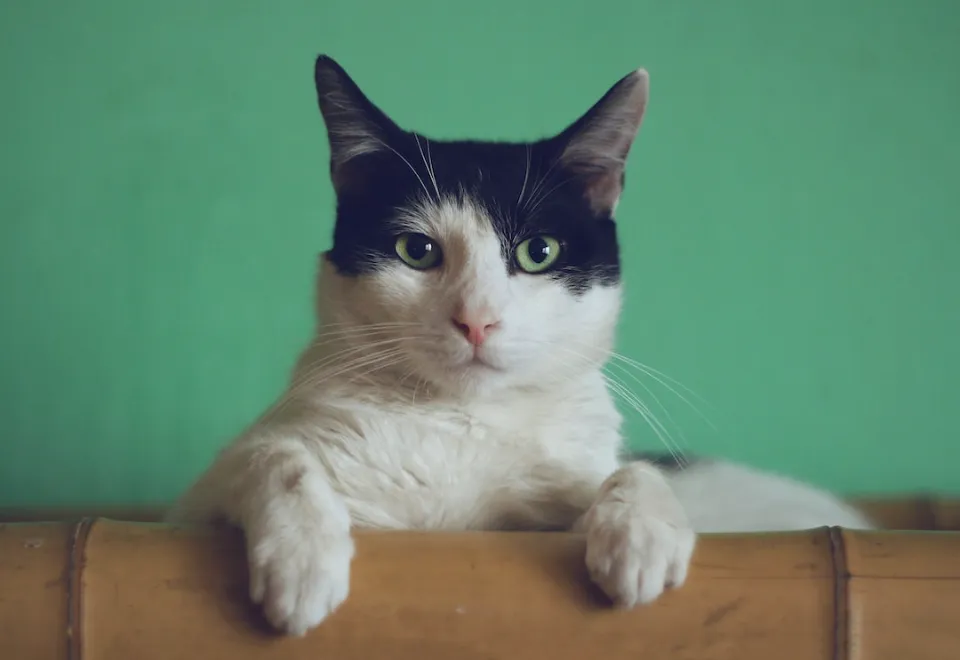
Your veterinarian might in some circumstances advise using a diluted cleaning solution of surgical soap, chlorhexidine, or iodine to remove debris. Use of soaps, shampoos, rubbing alcohol, hydrogen peroxide, herbal remedies, tea tree oil, or any other cleaning agent is not advised if you have an open wound.
What Ointment Can I Put on a Cat Wound?
She assists with her pet’s nutritional requirements as a pet owner and selects a diet that is appropriate for them. The tube of Neosporin, also known as triple antibiotic ointment, is a staple of almost everyone’s at-home first aid kit. Neosporin is necessary if you have even a small cut or scrape.

What Does Petroleum Jelly Do for Cats?
The mild laxatives are made from mineral oil or petroleum jelly, which lubricates the cat’s digestive tract and enables extra hair to be naturally expelled. If that doesn’t work, feeding your cat a high-fiber diet can aid in reducing hairballs and boosting bowel movements.
Is Vaseline Safe for Cats’ Nose?

Pets can safely use petroleum jelly and vaseline. With additional strength for superficial skin issues like crusty noses, peeling paw pads, and scaly elbows, the petroleum jelly-like oil-like product Aquaphor is available.
Benefits of Using Vaseline for Wound Care
Vaseline is used for wound care in cats for a variety of reasons, one of which is that it acts as a barrier, capturing moisture and encouraging a moist environment that promotes healing. Furthermore, there are fewer worries about your cat licking the treated area because it’s not toxic when consumed in small amounts. Because of this, Vaseline is a product worth taking into account when treating minor cuts and scrapes.
Conclusion: is Vaseline Safe for Cats’ Wounds?
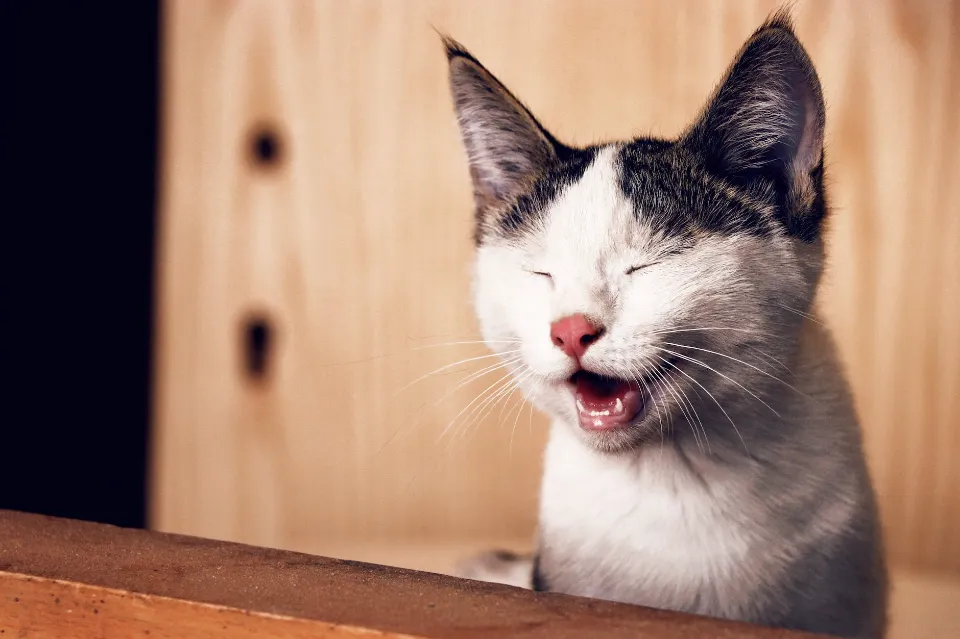
We’ve covered the key subject of “is Vaseline safe for cats’ wounds” in this article. Vaseline can help with wound care in a few ways, like catching stray hairs and moisturizing dry skin around the wound, but it must be used carefully. If your cat licks too much Vaseline, it may cause irritation or stomach upset. Make sure to apply Vaseline sparingly and gently.
However, keep in mind that there are natural cures and treatments that come highly recommended by veterinarians available as alternatives for wound care. Prior to administering any new treatments to your pet, it is always advisable to consult your veterinarian.
In the end, ensuring responsible wound care and monitoring is essential for maintaining the health and happiness of our feline friends. As they are a member of the family, don’t be afraid to ask a veterinarian any questions you may have about your cat’s health. Maintain your love for those adorable whiskered friends and stay pawsitive!
FAQs
Should I Put Vaseline on My Cat’s Wound?
Be gentle, as the skin near the wound is frequently delicate and prone to damage. Any stray hairs can be gently removed later on after being gently trapped by a small amount of Vaseline applied to the wound initially.
What Ointment Can I Put on a Cat Wound?
Any first-aid ointment, including Neosporin, is helpful for treating minor cuts and scrapes that your pet may sustain, but your veterinarian should examine any larger wounds or anything that appears to be infected. Except when specifically instructed by your veterinarian, NEVER apply any first aid ointment to suture sites.
Is Petroleum Jelly Toxic to a Cat?
Unflavored Vaseline or generic petroleum jelly is an interesting substitute that some cats will accept. We do not advise giving mineral oil by itself because it is easily inhaled by cats during digestion and can result in lethal lung toxicity.





Average Rating